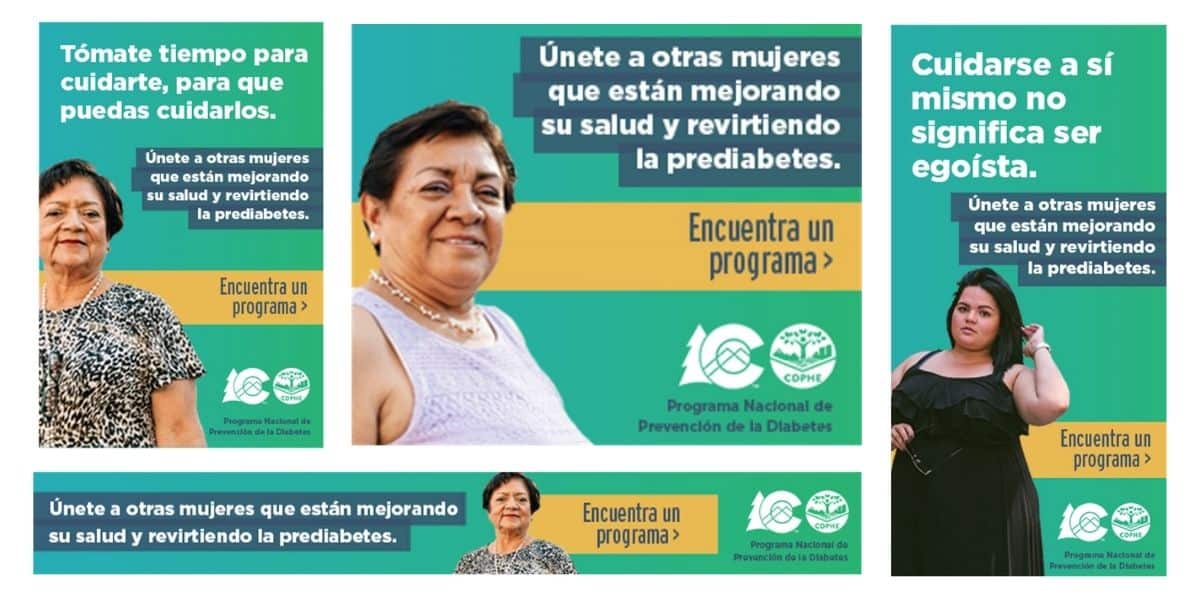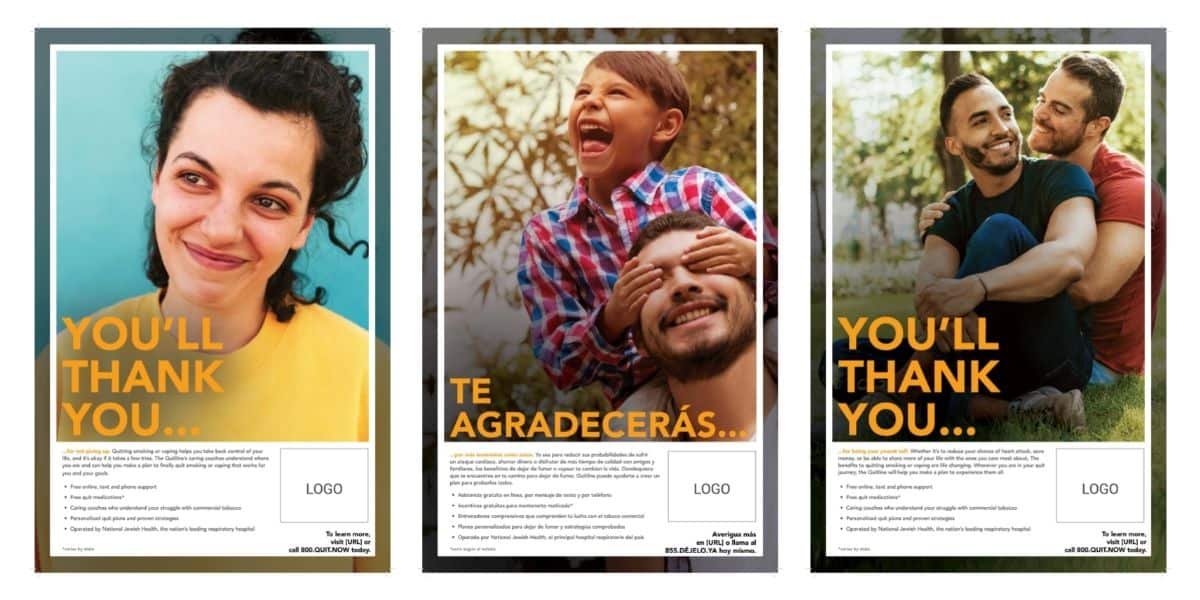Lack of access to healthy foods, higher prevalence of stress and built environments that discourage physical activity are just some of the contributing factors.
And a recent report finds that we can likely add the efforts of advertisers to that list.
The report finds that youth of Hispanic and African American origin are disproportionately targeted with ads for unhealthy snack foods. The prevalence of targeted advertising for high-calorie, nutritionally poor foods is particularly concerning given that Hispanics and African Americans suffer from significantly higher rates of overweight and obesity than the population overall.
Researchers argue that the marketing of unhealthy foods encourages poor consumption choices, which compounds the obesity problem and exacerbates diet-related diseases including diabetes and high blood pressure.
Among the findings:
- Between 2010 and 2014 there was a 551 percent increase in spending on savory snack ads (including chips and crackers) and a 30 percent increase in sweet snack ads on Spanish-language TV.
- African American children saw 64 percent more snack food ads than their white counterparts in 2014.
- Yogurt ads declined 93 percent between 2010 and 2014 on Spanish-language TV, and not a single fruit brand was advertised on Spanish-language networks in 2014.
The report reminds us that as communicators, we have a responsibility to consider the consequences – intended or not — of our campaigns. Our work to create change, whether that’s increased sales for a client — or in SE2’s case, influencing opinion and shifting behavior – is powerful. And we own all the outcomes of our efforts, from the initial splash to the ripples that expand outward.





